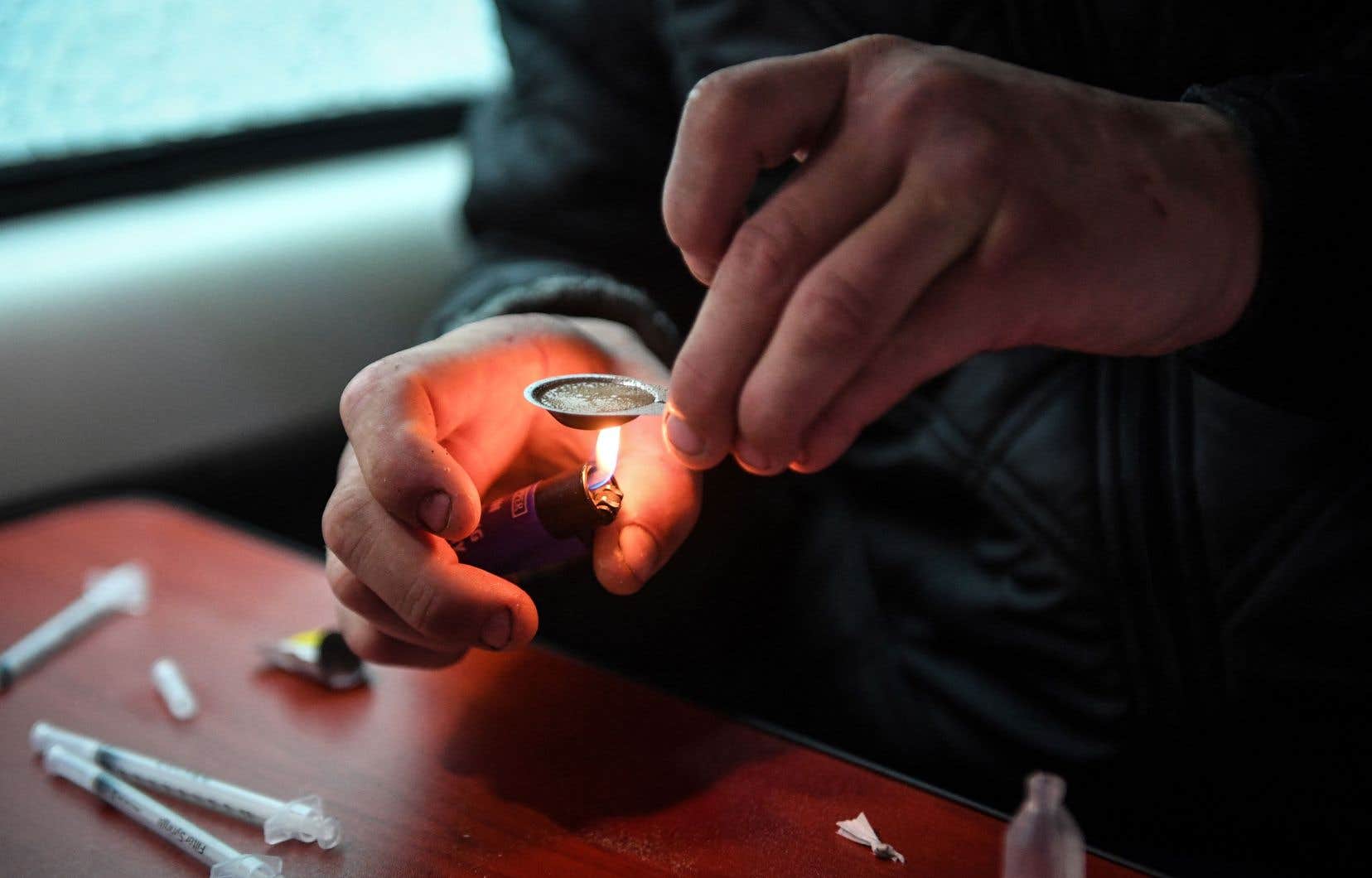Last year, more than 500 people died of overdose in Quebec. That’s 42 deaths per month. These figures, taken from the latest report from the National Institute of Public Health of Quebec, represent only “the tip of the iceberg” of what is really happening on the ground, estimates Kim Brière-Charest, project director in substances. psychoactive substances from the Association for Public Health of Quebec.
“Obviously, this is powerful data, but it’s only part of the picture of everything that’s happening,” she said in an interview with Dutyon the eve of a presentation she will make Wednesday morning as part of the Sustainable Health Summit.
“Yes, there is some monitoring [des surdoses non mortelles renversées par l’administration de naloxone], she admits. On the other hand, when an overdose occurs in housing or an informal consumption space, this is data that escapes us. People will experience overdoses, be administered naloxone, but will not necessarily report this overdose. And we think that there are probably a lot of overdoses in the community like that which are not counted and which mean that we do not have a complete picture of the crisis. »
She mentions various indicators calculated in Montreal — such as the increase in emergency interventions in supervised consumption services, the increase in interventions for intoxication from Urgences-santé and an increase in the distribution of community naloxone — which go into this meaning and which “can give a portrait which is still in the hidden face of the overdose crisis in Quebec”.
However, it is important, according to the specialist, who herself comes from the field, to have the most complete picture possible to “see how we can support and strengthen the response to the overdose crisis in Quebec”.
Solutions
One of the possible solutions that she considers essential to stave off the overdose crisis is the expansion of the safer supply program, a Canadian program adopted during the pandemic which allows drug addicts to obtain pharmaceutical opioids like Dilaudid for free at the pharmacy. This is to prevent them from consuming opioids contaminated with fentanyl on the street.
The duty recently revealed that opium addicts were reselling their doses of Dilaudid when leaving the pharmacy to meet their basic needs and buy other street drugs. The head of addiction programs at the CIUSSS du Centre-Sud-de-l’Île-de-Montréal, DD Marie-Ève Goyer responded that the problem was partly caused by the fact that the program is too limited. An observation shared by Kim Brière-Charest, who suggests that we “diversify the offer” to better meet the real needs of users. “We are far from the substances of choice of people who will consume drugs, and therefore, often, these people will continue to obtain their supplies on the black market,” she notes.
She also suggests a review of “the legal framework for simple possession and personal use of drugs”, whether through “diversion” or “decriminalization” of the use of hard drugs, as has been the case. been made for cannabis. “This would make it possible to prevent people from hiding to consume and therefore being even more at risk of overdose, but also to prevent people who live with an addiction from having, in addition, legal consequences linked to the realities they already live. »
Finally, she believes that we must act to eliminate stigma, which “exacerbates health inequities” and “leads to harm in terms of physical and mental health”. Indeed, an analysis of coroner’s reports demonstrated “an over-representation of socio-economic conditions [précaires], physical health disorders and mental health disorders in people who died from overdose,” she recalls. “We must therefore look at the social determinants of health beyond consumption alone. »
